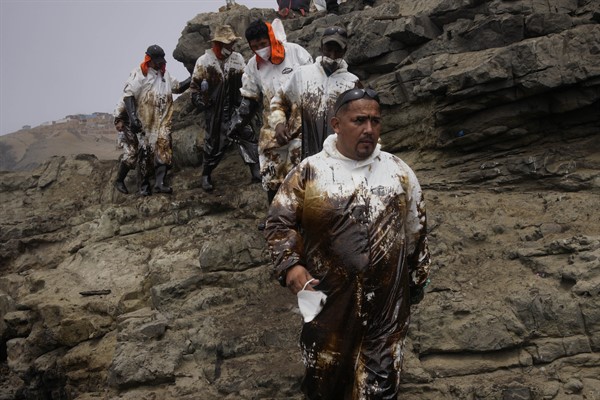Half a century ago, MIT meteorology professor Edward Lawrenz famously posited that if a butterfly flaps its wings, it could ultimately trigger a tornado. The notion, which came to be known as the “butterfly effect,” aimed to illustrate how chain reactions in nature can be kicked off by unexpected events or phenomena, with unknowable consequences.
Lawrenz would have found a fine case study for his work this week in events that started with a volcanic eruption in the South Pacific and led to dramatic results—political, social and economic—far away in Peru.
Ten days ago, a volcano at the bottom of the sea exploded near the island of Tonga. The eruption was spectacular, and spectacularly devastating for the tiny island, wiping out entire villages and crushing infrastructure in the nation of just 105,000 people. In the immediate aftermath, several countries issued alerts to warn their populations of potential tsunamis—including Ecuador and Chile, Peru’s neighbors to the north and south—more than 6,500 miles away from Tonga. Peruvian authorities, however, said there was no tsunami risk. Nevertheless, within hours of the blast, large waves pushed onto Peru’s shores, killing at least two Peruvian women who were swept out to sea.

